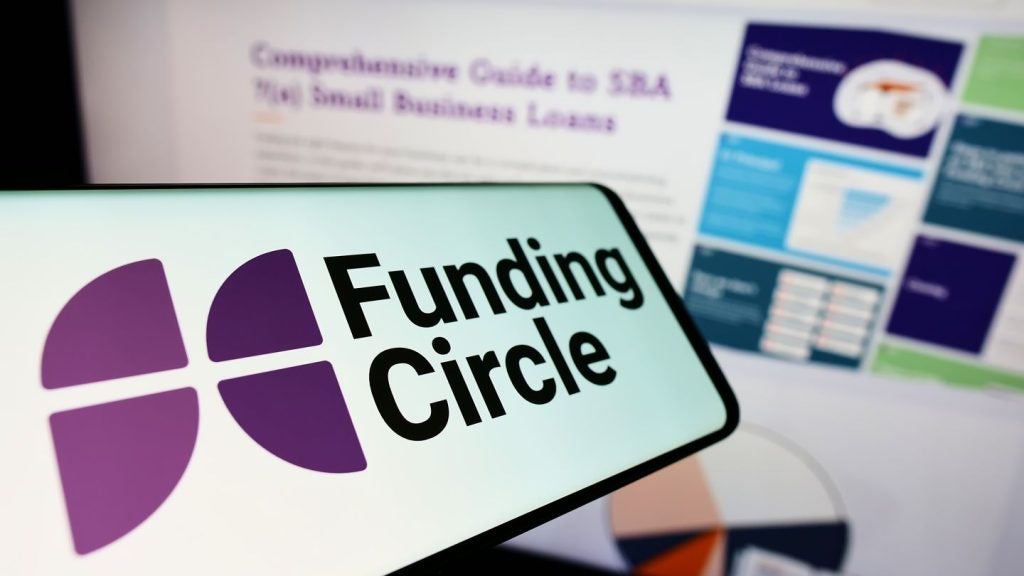Claire Hack examines the
outlook for lessors in the plastics sector and discovers
opportunities exist.
 The
The
plastics industry, like many others in the manufacturing segment,
was hard hit during the recession, meaning many businesses have
avoided investing in equipment over the course of the last three
years, leaving a dearth of funding opportunities.
Factors such as a decrease in
manufacturing overall across Europe, as well environmental concerns
leading to a decrease in the use of plastic packaging and bags,
have played a part.
“The economic crisis had a strong
negative impact. We were faced with several bankruptcies among our
clients who were active in the plastic industry,” said Joris
Schenk, a manager in the asset management department at Dutch
funder ABN Amro Lease .
The size and relative immobility of
the machinery also presents problems as collecting the equipment
following a default therefore becomes more difficult. Those seeking
financing might also be faced with long lead times for delivery as
assets may have to be imported into Europe from technological
centres such as Japan.
How well do you really know your competitors?
Access the most comprehensive Company Profiles on the market, powered by GlobalData. Save hours of research. Gain competitive edge.

Thank you!
Your download email will arrive shortly
Not ready to buy yet? Download a free sample
We are confident about the unique quality of our Company Profiles. However, we want you to make the most beneficial decision for your business, so we offer a free sample that you can download by submitting the below form
By GlobalDataAndrew Johnson, a senior economist
at EEF, the UK manufacturers’ association, said: “The rubber and
plastics sector was harder hit than manufacturing in general during
the recession, with output declining by 13% in 2009 [in the
UK].”
“Plastics manufacturers are
vulnerable to energy and material costs that have been volatile in
2011, with strong rises earlier in the year offset by recent sharp
falls.
“The rise in these costs is driven
particularly by demand from China and India, which doesn’t always
translate into higher demand for UK plastics, given those
countries’ own capacities.”
The variation among assets also has
an impact on setting residual values, Schenk said.
He added: “There are a wide range
of assets according to size, make and purpose. Each machine needs
to be judged separately to approve a realistic residual value.
“We see an increase of Asian makes,
but those new makes do not yet have a good remarketing
reputation.”
Johnson also stated that, in the
longer term, the drive towards greater energy efficiency could mean
changes to and even expansion of the application of plastics.
He added: “For example, [this could
be seen in] the transport sector and the beverage industry, as
companies and consumers respond to requirements for lower
greenhouse gas emissions.”
Like metal and woodworking,
furthermore, many lessors may lack the specialist knowledge to
engage in the sector, despite having plant and machinery
divisions.
Jukka Salonen, CEO of Nordea
Finance, said: “It is usually production lines and it is a very
different kind of story to movable assets. Legally, it’s a
different type of business. In general, we are not big in this type
of financing. It is not where our expertise lies.”
Some European and global lessors,
such as Crédit Agricole Leasing and Factoring (CAL&F), De Lage
Landen and GE Capital, maintain a small presence in the sector,
while others avoid it altogether, and still other lenders look to
different means of supplying finance.
ABN Amro Lease, too, has only a
small presence in the sector, representing just 0.9% of its total
portfolio – but it is nevertheless potentially lucrative.
Schenk said: “We financed €13m on
this kind of equipment in 2010.”
Funding in the plastics industry,
however, is typically provided less by leasing companies and more
by sources of financing such as retail banks, including the retail
arm of French banking giant BNP Paribas.
Yet in the UK at least, some
lessors have managed to carve out a niche for themselves in the
sector, as traditional bank lending continues to be in short
supply.
This includes Close Brothers
subsidiary Close Asset Finance, which has been able to take
advantage of a more scarcely-populated financing landscape, and has
even managed to increase new business volumes.
Headquartered in Chester, the
company supplies financing via hire purchase and lease agreements,
including injection moulding equipment, extrusion lines and
thermoforming machinery.
Close Asset Finance regional
manager Terry O’Reilly said: “As far as our company is concerned,
the recession has had a positive impact, in that some of the
mainstream banks have been pulling back from the industry.
“We have been very active in taking
any opportunity that comes along – within reason. It is creating
opportunities for us and we’ve seen very strong growth.”
Indeed, new business volumes at the
company grew by about 25% for the whole of 2010 compared to 2009,
hitting about £10m (€11.4m) for the year.
“Over the last four years, the
company as a whole has more than doubled growth and we’re still in
positive growth. We see that continuing,” O’Reilly said. “We
provide a fast, efficient service to this market and we keep
attracting new customers.”
Johnson added: “After further
modest declines in 2010, the sector [as a whole] is now expanding
again, with growth of 2.8% forecast for 2011.”
Nevertheless, O’Reilly said, there
are challenges to be faced in the sector.
He said: “Residual values on
downstream equipment can be challenging, but the more mainstream
equipment, like extrusion lines, injection moulding and
thermoforming equipment hold their value extremely well. We regard
these as solid assets.”
ABN Amro Lease also has a UK
presence, albeit small, Schenk said.
“We finance these kinds of assets
mainly in the Netherlands, but we do some leasing business in
Germany, Belgium and the UK,” he said.
Schenk, too, is expecting a good
year, at least for the smaller assets in the sector.
“We notice an increase in financing requests for the smaller
kind of assets – in other words, investment amounts of less than
€500m,” he said.

See also:
Changes in demand for sections of the
plastics sector







